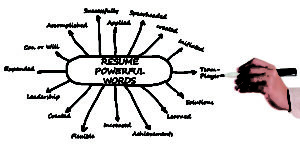Every trial is a battle between attorneys over who can tell the most compelling story, A2L Consulting CEO Ken Lopez writes. Lopez gives tips on how to make your client’s story dramatic and convincing to the jury or judge.
Whether $10,000 or $1 billion is at stake, any trial is no more and no less than a battle of competing stories. Each side has a narrative it wants to tell, and the winner is almost always going to be the side whose story is more convincing to the jury or judge.
This statement is based on solid science. A host of psychological studies have concluded that our brains are hard wired to tell stories, to listen to stories, and to remember stories.
The research tells us, in fact, that human beings automatically make stories out of virtually all life events to gain a sense of control, even if it proves to be a false sense. Researchers believe that storytelling began with early humans hearing their tribal elders recount stories at the campfire. In the 21st century, storytelling is still the best way to present information to an audience, including a jury.
So how do you tell a better story than your opponent? Think about Pixar, the only motion picture studio that consistently tells stories that make people care deeply about an animated character like a robot, a fish, or a kids’ toy. Pixar has developed a formula for grabbing people’s attention and holding it.
The Magic Formula
Every Pixar film follows this format:
Once upon a time, there was _________. Every day, _________. One day _________. Because of that, _________. Because of that, _________. Until finally _________.
That’s a pretty good outline for a compelling and memorable movie—or for a compelling opening statement in nearly every kind of case.

Obviously, every trial will have its own wrinkles. But let’s say you’re representing a defendant in an employment law case. Here’s how the outline works, omitting the “once upon a time”: There was a company, my client. Every day, the plaintiff came to work. One day, she received a negative performance rating. Because of that, she concluded, understandably but incorrectly, that she was a victim of unlawful discrimination. Because of that, she unfortunately filed this lawsuit against the company. Until finally, we ended up here in the courtroom, and I am here to tell you the story of what really happened.
And in telling his or her story, a trial lawyer should also make sure that the story includes characters the jury can care about and that it contains a significant element of drama.
By Ken Lopez



